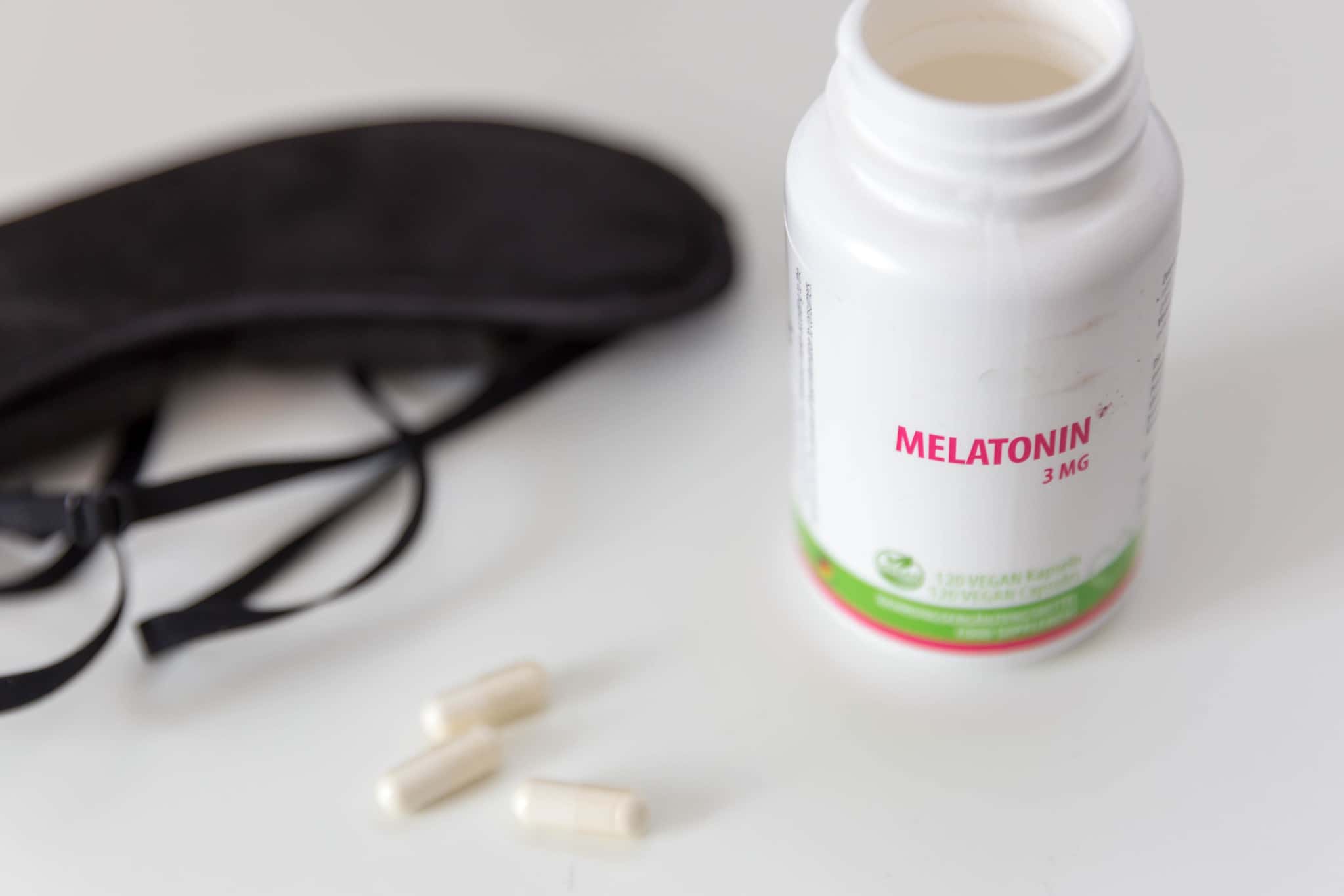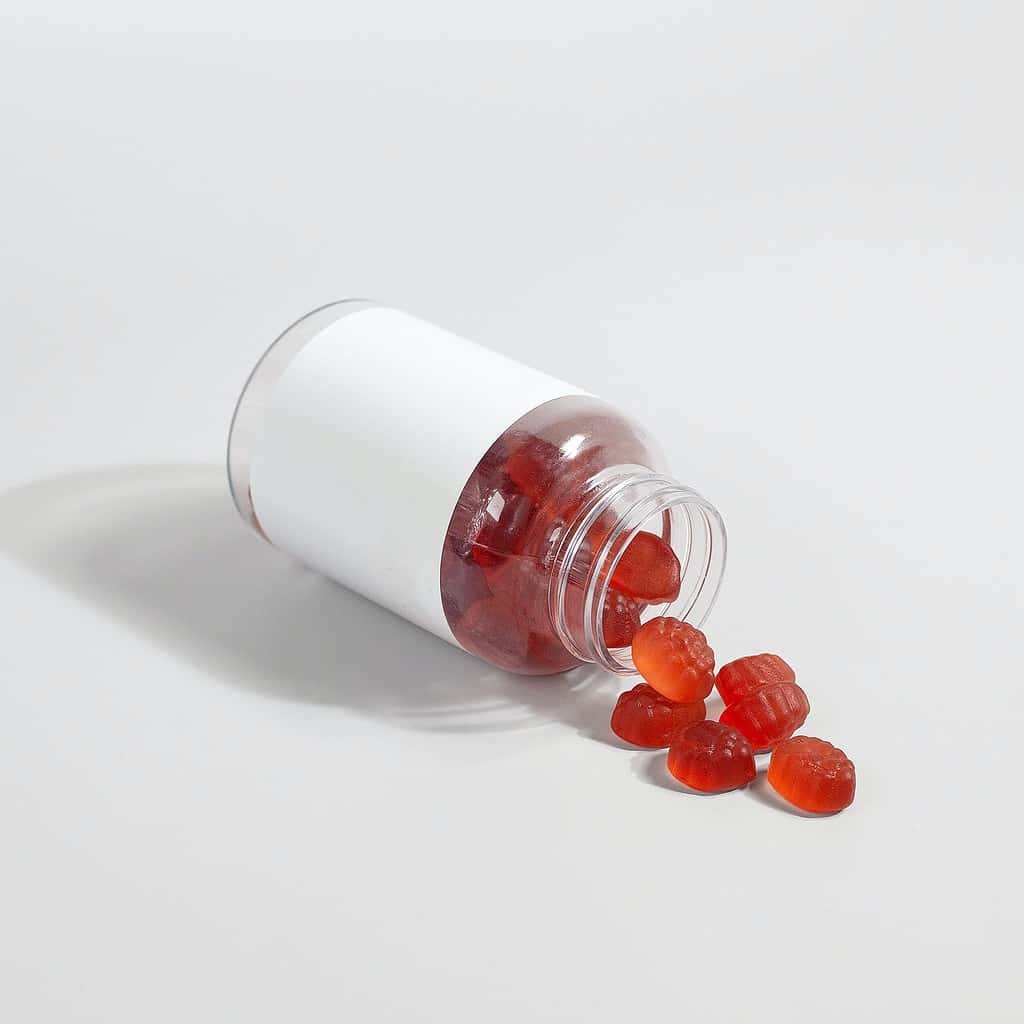Almost one in five US children (school age and preteen) take melatonin for sleep, and some parents even give the hormone to preschoolers, according to a new study. The researchers warned that the safety and efficacy data about the products is still limited as they aren’t fully regulated by the Food and Drug Administration (FDA).

Melatonin, a hormone generated in the brain as a response to darkness, serves as a signal that it’s time to sleep. This neurochemical is derived from the pineal gland, a small structure situated in the central region of the brain. The gland produces about 0.3 milligrams of melatonin daily and is not associated with any other known functions.
In many countries, chemically synthesized or animal-derived melatonin is classified as a drug and is sold only by prescription. In the US, however, it’s available over the counter as a dietary supplement, including in the form of child-friendly gummies. There’s no FDA control of what the companies put in the melatonin that parents buy.
“We hope this paper raises awareness for parents and clinicians, and sounds the alarm for the scientific community,” Lauren Hartstein, study author, said in a news release. “We are not saying that melatonin is necessarily harmful to children. But much more research needs to be done before we can state with confidence that it is safe for kids.”
Growing use of melatonin
Hartstein, who studies how environmental cues impact children’s sleep quality, started noticing parents telling her that their healthy kids were regularly taking melatonin. This triggered her curiosity to better understand the prevalence of melatonin use. With her colleagues, they surveyed 1,000 parents in the first six months of the year.
They found that, among children from 5 to 9, 18.5% had been given melatonin in the previous 30 days. The number rose to 19.4% for preteens (10 to 13). Meanwhile, 6% of preschoolers ages 1 to 4 had used melatonin in the previous month. Preschoolers had been taking it for a year and grade-schoolers for 18 to 21 months, respectively.
Also, the older the child, the greater the dosage. They found preschoolers take anywhere from 0.25 to 2 milligrams, while preteens take up to 10 milligrams. In a study in April, researchers analyzed 25 melatonin gummy products and found that 22 contained quantities of the hormone that were different from what was actually indicated on the label.
“Parents may not actually know what they are giving to their children when administering these supplements,” said Hartstein. Scientists have also warned that giving melatonin to young people whose brains and bodies are still developing could affect the timing of puberty onset. Studies on this have so far been inconsistent.

Gummies pose an additional risk due to their similarity in appearance and flavor to candy. The researchers recalled that between 2012 and 2021, there was a 530% surge in reports of melatonin ingestion to poison control centers, predominantly involving children under the age of five. Over 94% of these cases were unintentional.
Not the first option
Julie Boergers, co-author, said that when used under the supervision of a doctor, melatonin can be a useful short-term aid, particularly in youth with autism or severe sleep problems. “But it’s almost never a first-line treatment,” she said in a news release. She said to first look at behavioral changes and use melatonin only briefly.
The authors acknowledged that the study has a small sample and doesn’t represent usage nationwide. However, they believe the findings are still relevant and indicate a potential problem. “If this many kids are taking melatonin, that suggests there are a lot of underlying sleep issues out there that need to be addressed,” Hartstein said.
The study was published in the journal JAMA Pediatrics.









